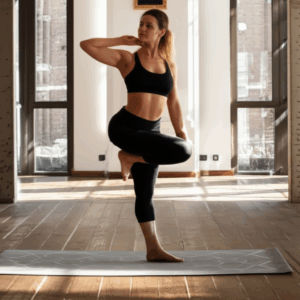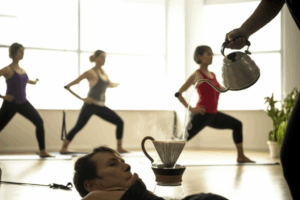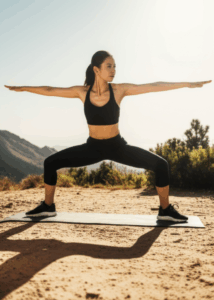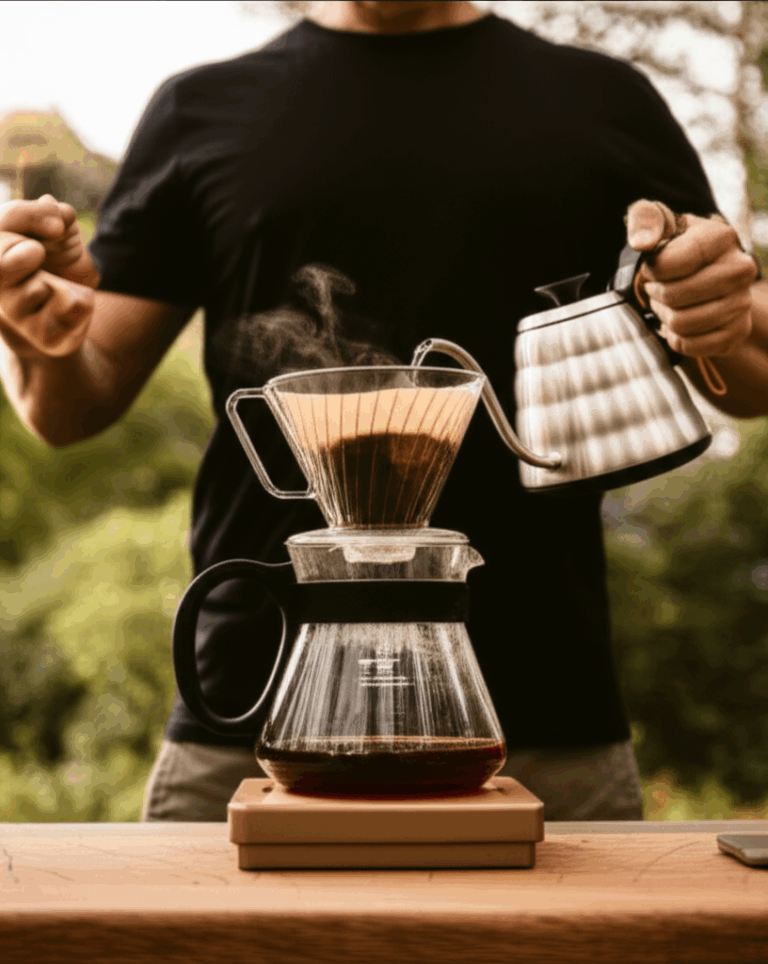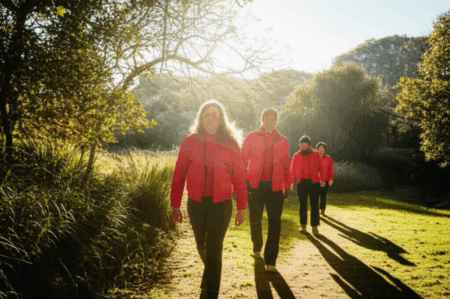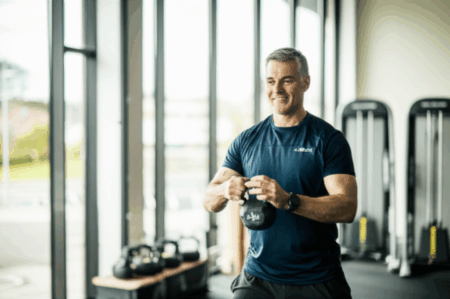The traditional gym environment, with its crowded machines and often intimidating atmosphere, isn’t for everyone, especially as we navigate the unique fitness needs that come with age. While many assume that significant strength gains are reserved for younger years or dedicated gym-goers, a strategic shift away from conventional workouts can unlock surprising results. At 47, I discovered that by prioritizing consistency, functional movements, and smart progressive overload outside the gym, I not only maintained but significantly improved my strength and overall fitness. This isn’t about abandoning hard work, but rather about redefining where and how that work gets done to better suit an aging body and a busy life.
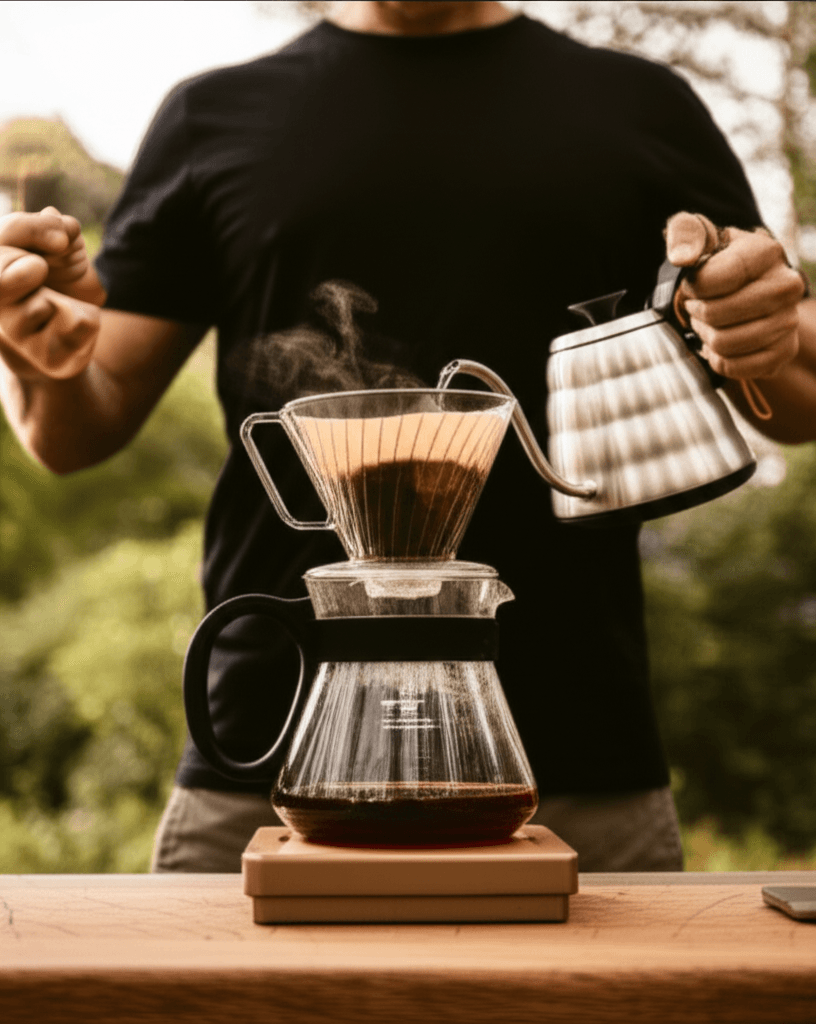
Why the Traditional Gym Fell Short
For years, I followed the standard gym routine: lifting heavy, enduring long cardio sessions, and often feeling fatigued or, worse, on the verge of injury. As I approached my late 40s, I noticed recovery times lengthening and minor aches becoming more persistent. The high-impact, high-load approach, while effective in my younger days, began to feel counterproductive. The constant need to commute to the gym also became a barrier to consistency, making it harder to fit workouts into a demanding schedule.
Research supports the idea that as we age, our bodies undergo changes like decreased muscle mass and bone density, and a more forgiving, yet effective, approach becomes essential. The central nervous system also requires more time to recover from very heavy weightlifting sessions.
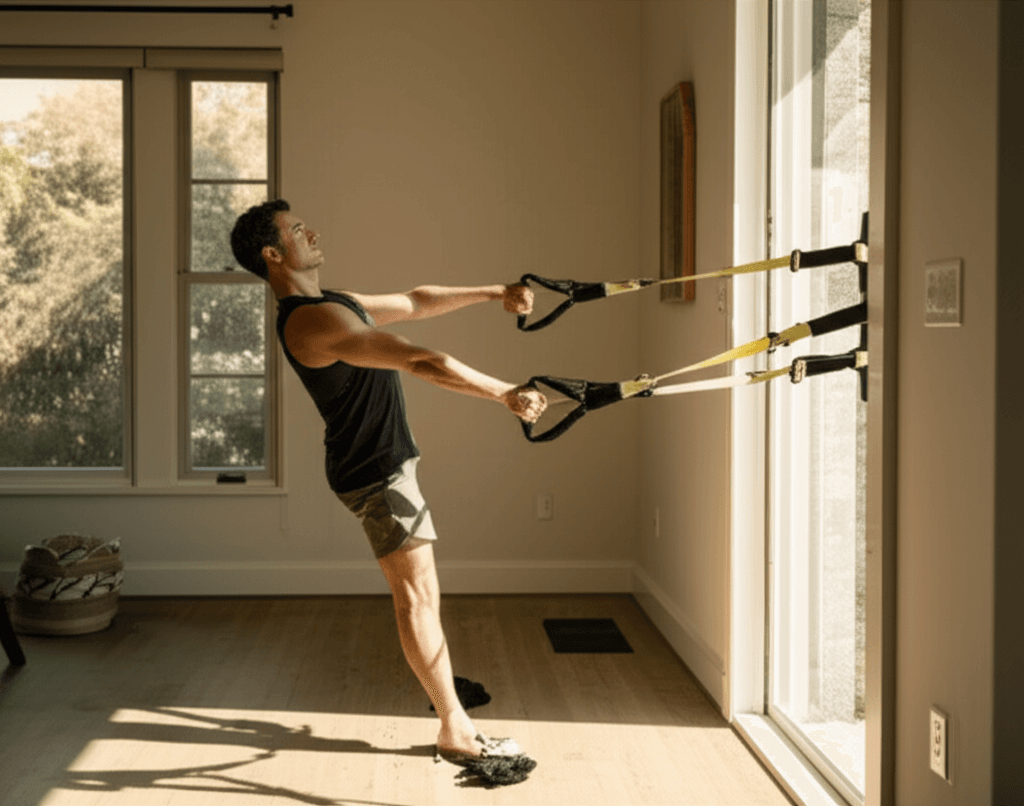
The Shift to Functional, At-Home Strength
The turning point was realizing that strength isn’t just about lifting the heaviest weight; it’s about being strong and capable in daily life. This led me to explore functional fitness and bodyweight training, often supplemented with readily available tools like resistance bands or light dumbbells. Functional fitness focuses on exercises that mimic everyday movements, enhancing balance, mobility, and strength crucial for maintaining independence as we age.
Benefits of this approach include reduced stress on joints, working muscles through a greater range of motion, and improving motor patterning that might become faulty under high loads. It also allows for effective training without risking injury or burnout.
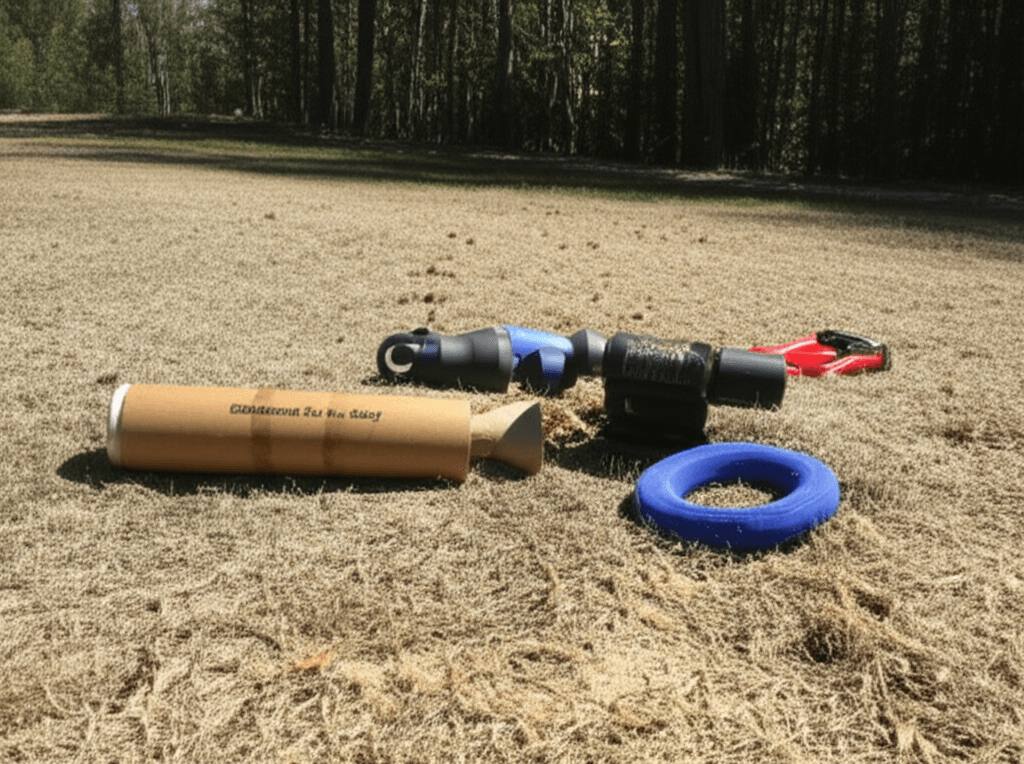
Core Components of the At-Home Routine
My routine became a blend of bodyweight exercises, resistance band work, and targeted movements that could be done almost anywhere, anytime.
Bodyweight Mastery
Bodyweight exercises are incredibly effective for building “relative strength”—how strong you are in relation to your own weight—which translates directly to better body control, agility, and balance..
- Squats: A cornerstone exercise, bodyweight squats target glutes, quads, and hamstrings, crucial for lower-body power and stability. They help with everyday actions like standing up from a chair. Starting with 10 squats twice daily can show rapid improvement.
- Push-ups: These strengthen the chest, shoulders, and arms, countering age-related muscle loss in the upper body. Wall push-ups or knee-down variations can be excellent starting points.
- Plank Holds: Essential for core strength, planks sculpt the abs, obliques, and lower back, improving posture and overall stability. Even 30-second holds daily, split into shorter bursts, can be highly effective.
- Lunges: Compound, unilateral movements like lunges build strength, balance, and coordination, addressing muscular imbalances and hip stability, which are vital for injury prevention after 40.
Resistance Band Integration
Resistance bands offer progressive resistance without the joint impact of heavy weights, making them ideal for all fitness levels. They can provide similar strength gains to conventional gym equipment.
- Resistance Band Squats: Standing on the band with feet shoulder-width apart and holding the ends at shoulder height, then lowering into a squat, effectively targets the lower body.
- Resistance Band Rows: Anchoring a band at waist height and pulling it towards the torso strengthens the back, shoulders, and biceps. This is crucial for balancing push movements and improving posture.
- Resistance Band Chest Press: Wrapping a band behind your back and pressing it forward works the chest, shoulders, and triceps.
- Resistance Band Bicep Curls/Tricep Extensions: These exercises isolate arm muscles, using the band for added resistance.
Progressive Overload Without Heavy Lifting
The key to continued strength gains, even without heavy weights, is progressive overload. This means gradually increasing the challenge over time. Instead of adding more weight, I focused on:
- More Reps and Sets: Gradually increasing the number of repetitions or sets for each exercise.
- Slower Tempos: Controlling each repetition by slowing down the lowering (eccentric) phase of the movement to increase time under tension.
- Reduced Rest Times: Shortening the recovery periods between sets to increase overall workout intensity.
- Increased Complexity: Moving from easier variations (e.g., wall push-ups to knee push-ups to standard push-ups) to more challenging ones.
- Functional Combinations: Combining movements, such as a squat into an overhead press, to engage multiple muscle groups simultaneously.
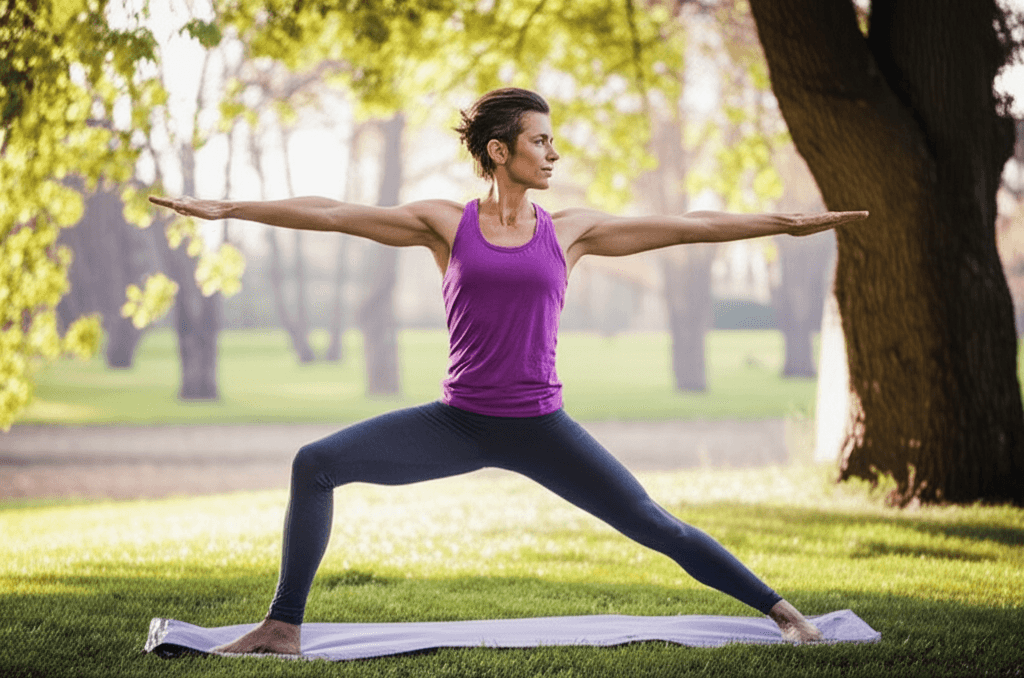
The Power of Consistency and Recovery
Ditching the gym made consistency far more achievable. Short, frequent sessions became the norm, which is less taxing on the central nervous system, aids recovery, and helps maintain motivation. My routine typically involves 20-30 minute strength sessions, 3-5 times per week, along with a 10-minute warm-up.
Beyond the physical workouts, two critical factors contributed significantly to my strength gains at 47:
Optimized Nutrition
- Adequate Protein Intake: Muscle building and repair, especially as we age, require sufficient protein. Aiming for 1.4 to 2 grams of protein per kilogram of body weight daily is often recommended. Lean meats, fish, poultry, eggs, and legumes are excellent sources.
- Balanced Diet: Fueling the body with healthy fats and complex carbohydrates is also essential for energy and overall health.
- Hydration: Staying well-hydrated is crucial for muscle function and recovery.
Prioritizing Recovery and Sleep
- Quality Sleep: 7-9 hours of quality sleep per night is vital for muscle recovery and growth. It’s when the body repairs itself and adapts to training.
- Active Recovery & Mobility: Incorporating gentle stretching, foam rolling, or light walks on rest days helps with blood flow, reduces stiffness, and maintains joint health. This also reduces inflammation and promotes flexibility.
- Stress Management: High stress levels can impede recovery and overall progress. Finding ways to manage stress is an often-overlooked component of physical well-being.

Beyond Strength: Holistic Benefits
The shift in my routine yielded benefits far beyond just physical strength:
- Increased Energy: Strength training stimulates blood flow, releases anabolic hormones, and boosts metabolism, leading to increased energy levels throughout the day.
- Improved Mood and Mental Clarity: Regular exercise, including strength training, releases endorphins, which can improve mood and reduce feelings of depression. It also enhances mental focus.
- Better Body Composition: More muscle mass helps boost metabolism and burn more calories, even at rest, aiding in maintaining a healthy weight and achieving a more toned physique.
- Enhanced Functional Independence: By strengthening the muscles used in daily activities, tasks like carrying groceries, climbing stairs, or getting up from a chair become easier and safer. This is particularly important for avoiding falls as we age.
- Reduced Injury Risk: Focusing on proper form, body control, and functional movements helps protect joints and reduce the likelihood of injuries.

Getting Started on Your Own Path
If you’re looking to redefine your fitness journey at 40, 50, or beyond, consider these steps:
- Consult a Professional: Before starting any new routine, consult your doctor, especially if you have existing health conditions or injuries.
- Start Simple: Begin with bodyweight exercises and focus on mastering proper form before adding resistance.
- Invest in Basics: A good set of resistance bands and maybe some light dumbbells are affordable and versatile tools.
- Consistency Over Intensity: Aim for 2-3 strength sessions per week with rest days in between, and prioritize showing up regularly.
- Listen to Your Body: Differentiate between productive muscle fatigue and pain that signals potential injury. Adjust as needed.
- Prioritize Recovery: Don’t neglect sleep, nutrition, and active recovery. They are just as crucial as the workouts themselves.
Ditching the traditional gym didn’t mean sacrificing strength; it meant embracing a more sustainable, functional, and deeply rewarding approach to fitness. At 47, I’m stronger, more agile, and feel more capable in my daily life than ever before, proving that age is just a number when it comes to building a robust and resilient body.

